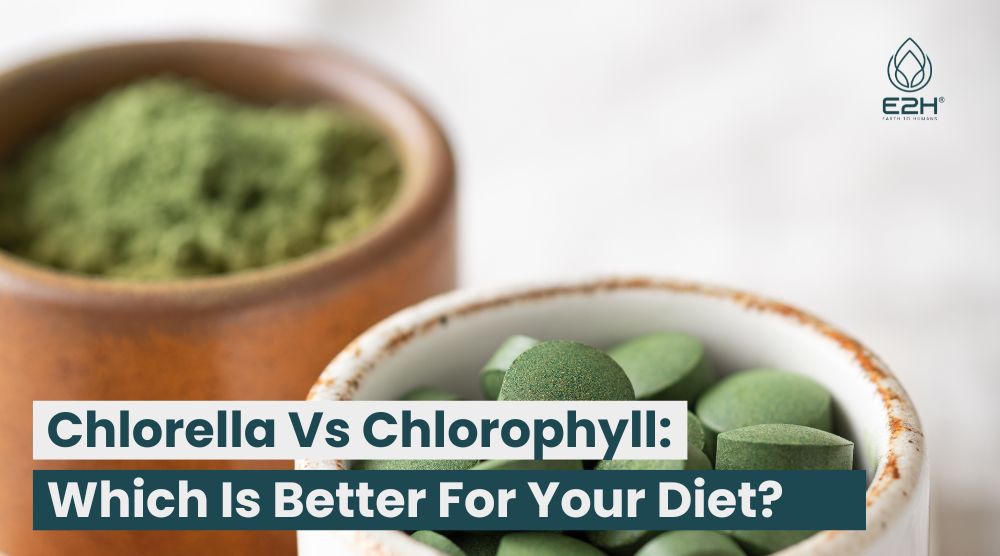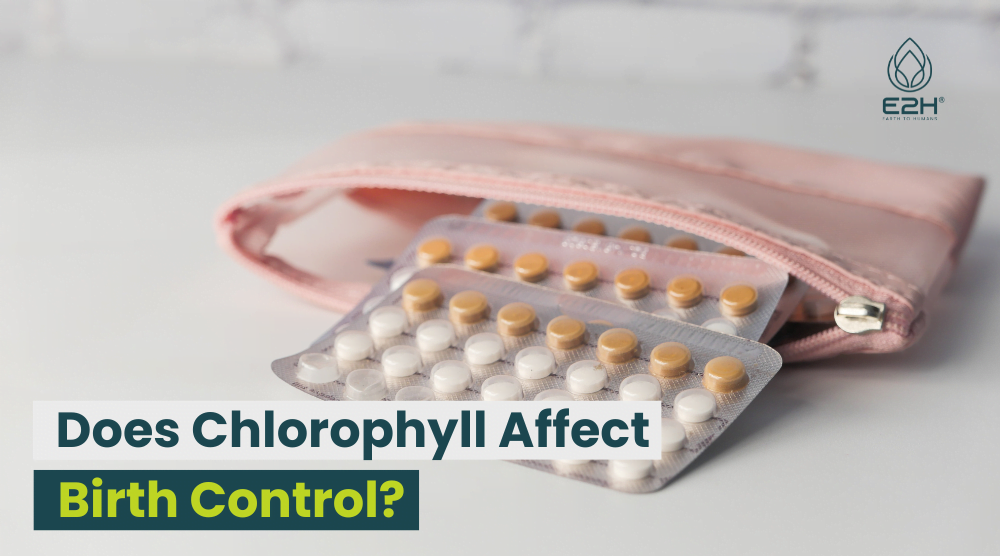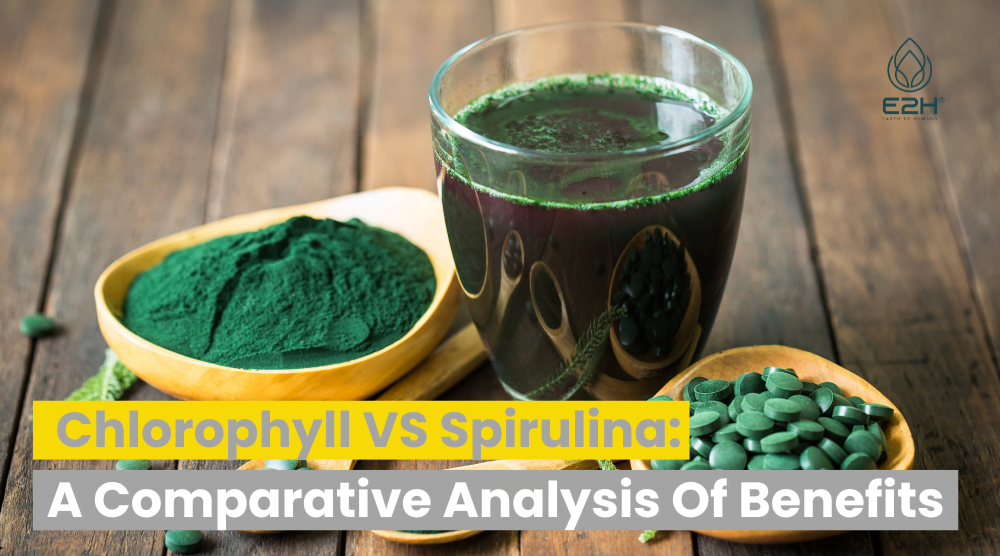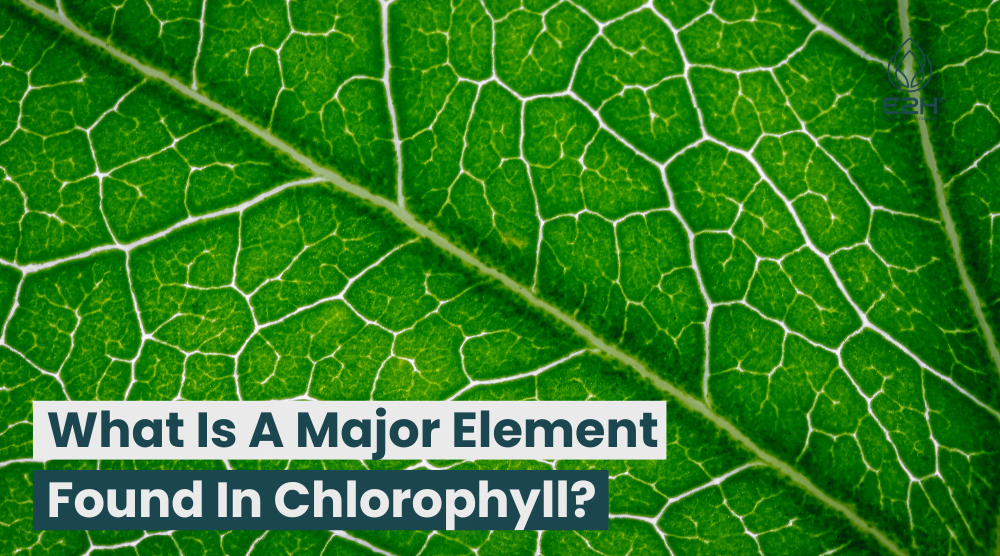Chlorophyll does not absorb green light because its molecular structure reflects green wavelengths, making them a visible light to our eyes and giving plants their characteristic green color.
The Structure of Chlorophyll
Chlorophyll’s structure consists of organic molecules with a porphyrin ring that captures light energy and a hydrophobic tail that anchors the molecule to the thylakoid membrane. Magnesium in the porphyrin ring facilitates light absorption and energy transfer. This structure allows for efficient photosynthesis and gives plants their green color.
Why does chlorophyll not absorb green light?
Chlorophyll does not absorb green light due to the molecular structure of the pigment. Specifically, the structure of the porphyrin ring in chlorophyll molecules reflects green wavelengths of light, making them visible to our eyes and giving plants their characteristic green color.
Instead, chlorophyll absorbs light most efficiently in the blue and red regions of the spectrum, where the energy from absorbed light is then transferred to other molecules in the photosynthetic pathway. This efficient energy transfer allows plants to convert light energy into chemical energy during photosynthesis. However, some plants have evolved accessory pigments, such as carotenoids, to absorb and transfer extra energy from green light that is not absorbed by chlorophyll.
The Absorption Spectrum of Chlorophyll
The absorption spectrum of chlorophyll refers to the range of wavelengths of light that are most effectively absorbed by the pigment during photosynthesis. Chlorophyll a, the most common form of chlorophyll, has two major absorption peaks in the blue and red regions of the spectrum, with a slight dip in the green region where it reflects light.

This is why chlorophyll appears green to our eyes. Chlorophyll b, another form of chlorophyll, has a slightly different absorption spectrum than chlorophyll a, with a higher absorption peak in the green region of visible spectrum. This allows plants to both absorb energy from a wider range of wavelengths of light and maximize their energy conversion efficiency during photosynthesis.
The Green Gap
The dip in the absorption spectrum of chlorophyll in the green region of the spectrum is known as the “green gap”. This is the reason why plants appear green to the human eye, as the chlorophyll is reflecting the green photons rather than absorbing the green light. The green colour gap is not unique to chlorophyll, and is actually a common feature of many plant pigments.
The Adaptation Advantage of Green Light Reflection
The adaptation advantage of green light reflection lies in its ability to regulate photosynthesis and prevent damage to the plant’s photosynthetic machinery. By reflecting green light, plants are able to maintain a balanced ratio of light absorption to energy conversion. This prevents an overabundance of light energy from being absorbed and potentially damaging the photosynthetic apparatus.
Additionally, green light reflection can help to optimize plant growth and development, as it the excess light energy allows plants green enough for efficient photosynthesis without overwhelming the plant with too much light. Overall, green light reflection is an important adaptation that allows plants to thrive in a range of environments and conditions.
How do plants absorb blue and red light, and what pigments are involved?
Plants absorb blue and red light using specialized pigments called chlorophylls, which are primarily responsible for capturing light energy during photosynthesis. Chlorophyll a and b are the most common pigments involved in this process and they absorb blue and red light most efficiently.

Additionally, plants may contain accessory pigments such as carotenoids, phycobilins, and phycoerythrins, which absorb light in different wavelengths and regions of the spectrum and transfer this energy to chlorophylls for use in photosynthesis. The combined action of these and other pigments, allows plants to efficiently capture and use light energy for growth and survival.
How does chlorophyll’s contribution to green coloration help plants survive?
The contribution of chlorophyll to green coloration helps plants survive in several ways. First, it allows them to efficiently absorb and use light energy for photosynthesis, which is necessary for growth and survival. Second, the green coloration provides camouflage, allowing plants to blend in with their surroundings and avoid detection by herbivores or predators. Finally, the regulation of chlorophyll levels in response to changing light conditions can help plants to optimize their photosynthetic efficiency and adapt to different environmental stressors, such as drought or temperature extremes.
What are the effects of blue light on human health?
Blue light can have both positive and negative effects on human health. On the positive side, exposure to blue light can help to regulate the circadian rhythm, promoting wakefulness during the day and better sleep at night. Blue light therapy is also used to treat seasonal affective disorder (SAD) and certain sleep disorders.
However, overexposure to blue light, particularly from electronic devices such as smartphones and computer screens, can disrupt sleep patterns and lead to eye strain, headaches, and other health issues. Some studies have also linked blue light exposure at night to an increased risk of certain types of cancer, although more research is needed in this area.
How does the structure of chlorophyll enable it to capture and transfer light energy?
The structure of chlorophyll enables it to capture and transfer light energy through its central magnesium ion, which is coordinated by a porphyrin ring and a long hydrophobic tail. When chlorophyll absorbs light, the energy is transferred to the magnesium ion and then rapidly transferred to nearby pigment molecules via resonance energy transfer.
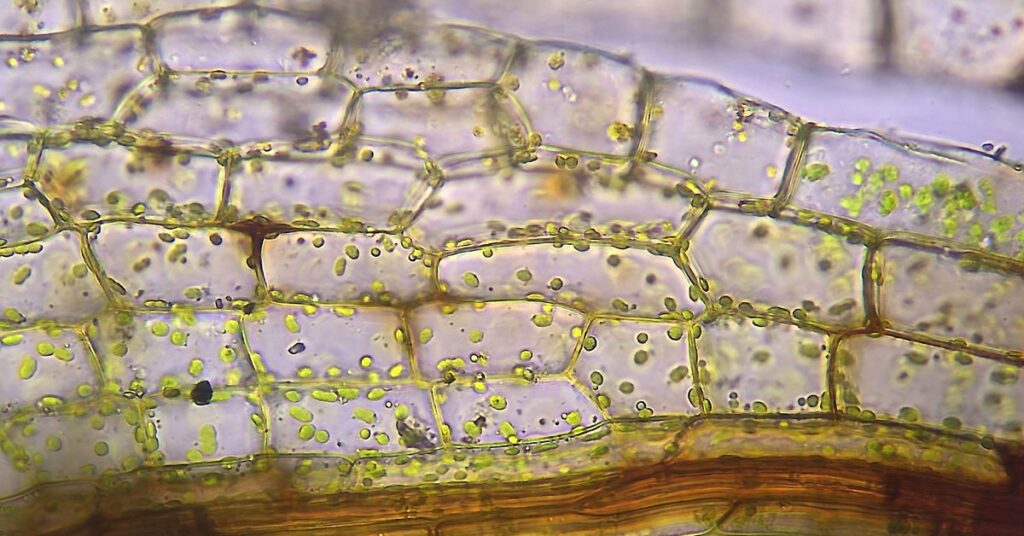
This allows the energy to be funneled to the reaction center of the photosystem, where it can be used to drive the process of photosynthesis. The hydrophobic tail also allows chlorophyll to be embedded within the thylakoid membrane of the cell walls the chloroplast, where it can efficiently capture light energy.
Why is green light not absorbed in photosynthesis?
Green light is not absorbed in photosynthesis because the chlorophyll pigments in plants have a low absorption coefficient for green light. This means that green light is not efficiently absorbed by chlorophyll and is instead reflected, giving plants their green coloration.
While green reflected light does contribute a small amount of energy to photosynthesis, it is not enough to sustain the process. Instead, photosynthesis primarily relies on the absorption of red and blue light, which have much higher absorption coefficients; blue and red wavelengths can transfer enough energy to drive the process of photosynthesis.
Why Is Chlorophyll Green? Explained in a minute
FAQs
Why is chlorophyll green?
Chlorophyll appears green because it reflects green light rather than green leaves rather than absorbing green part of it.
Why does chlorophyll not absorb green light?
Chlorophyll has a dip in its absorption of light spectrum, most energy in the green region of the spectrum, which is why green light is not absorbed.
Can plants use green light for photosynthesis?
While green light is not as efficient for photosynthesis as red or blue light and red light, some plants have adapted to use it. Additionally, green light can still play a role in regulating plant growth and development.
Conclusion
In the end, chlorophyll does not absorb green light due to a dip in its absorption spectrum in the green region of the spectrum. This is why plants appear green to the human eye, as the chlorophyll is reflecting the green light. While it may seem like an evolutionary disadvantage for plants to reflect green light, it actually provides them with some distinct advantages in terms of efficiently using available light and regulating temperature.
By understanding the science behind why chlorophyll does not absorb green light, we can gain a greater appreciation for green plants, the complexities of photosynthesis and the adaptations that most plants must have made to survive and thrive in their environments.


